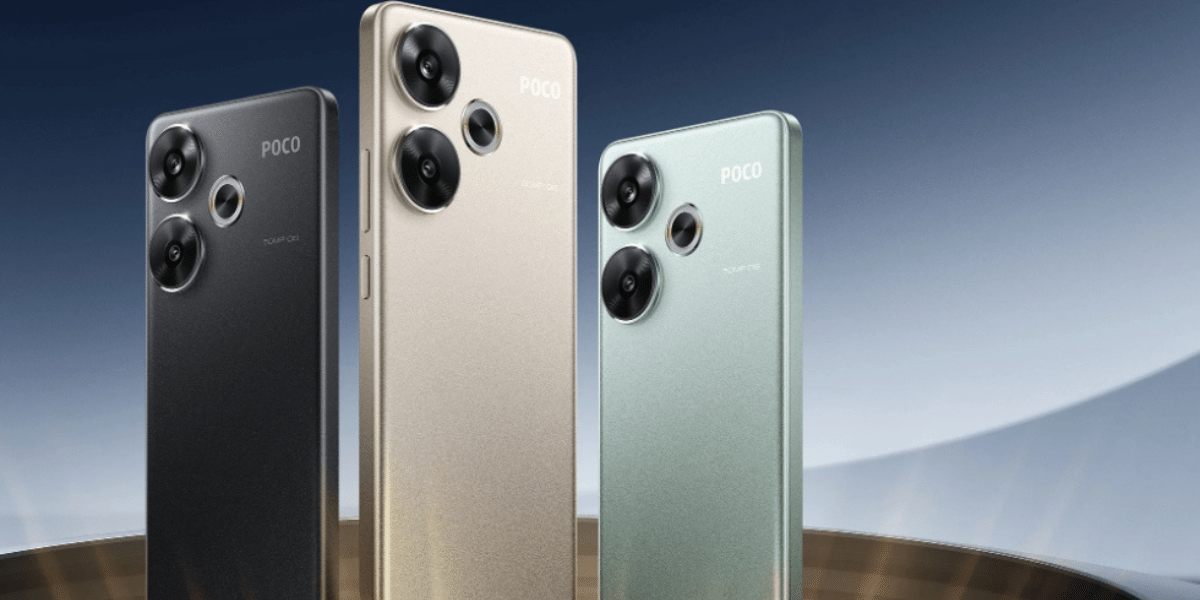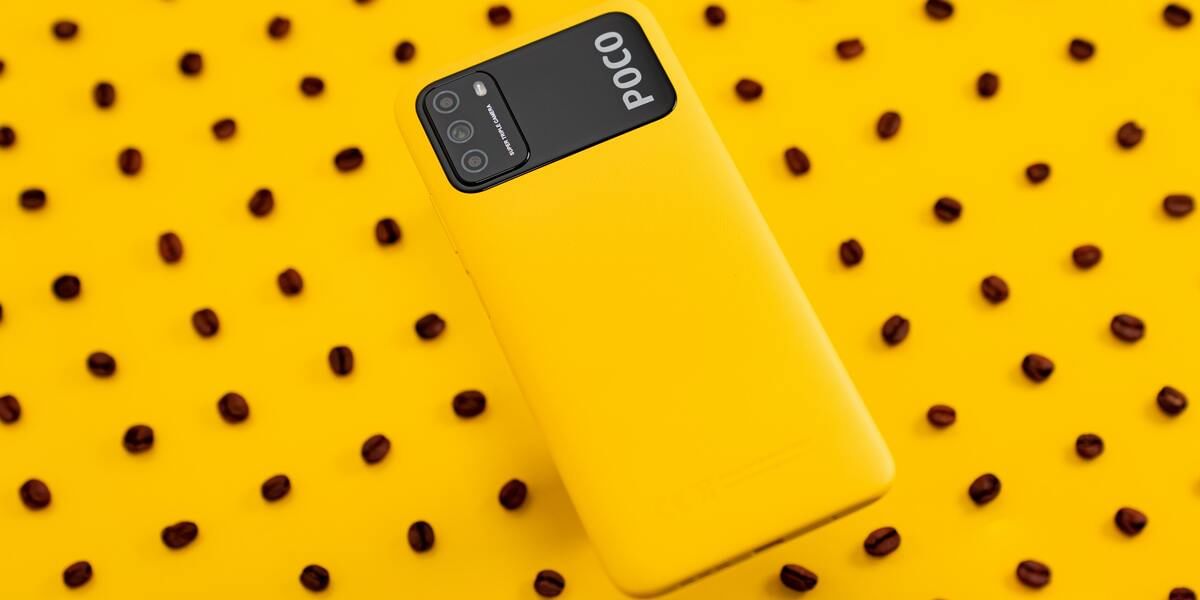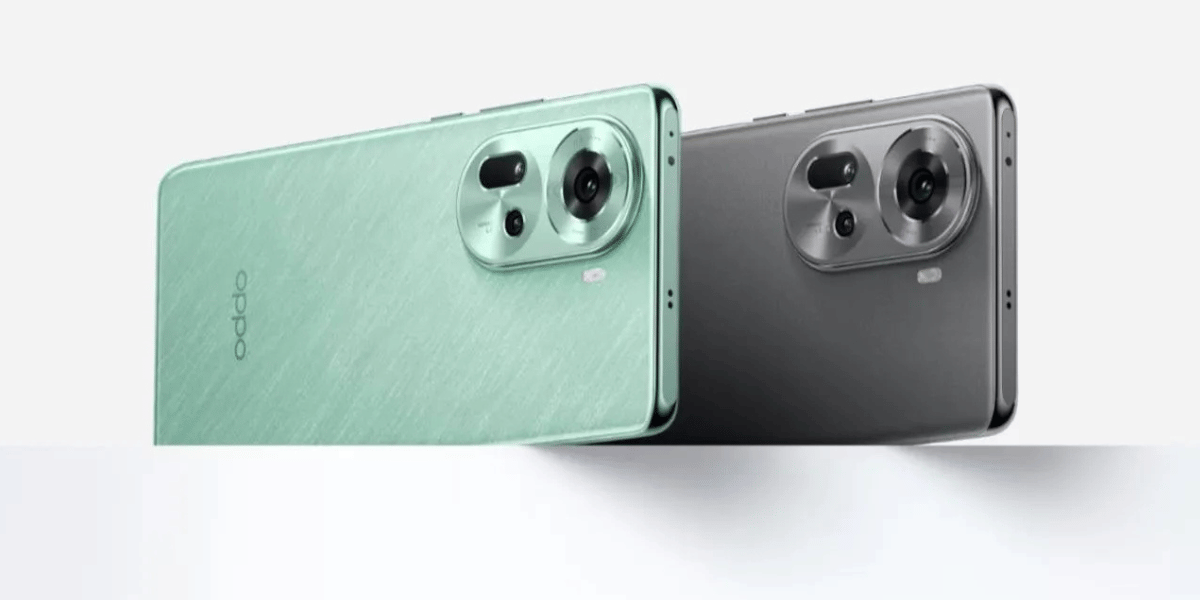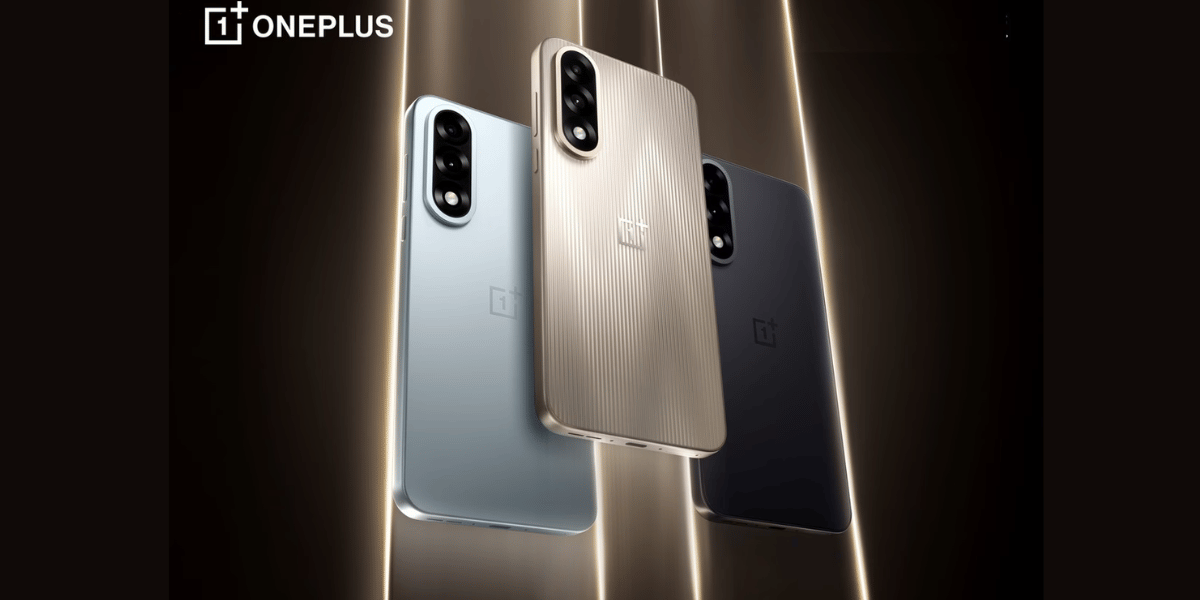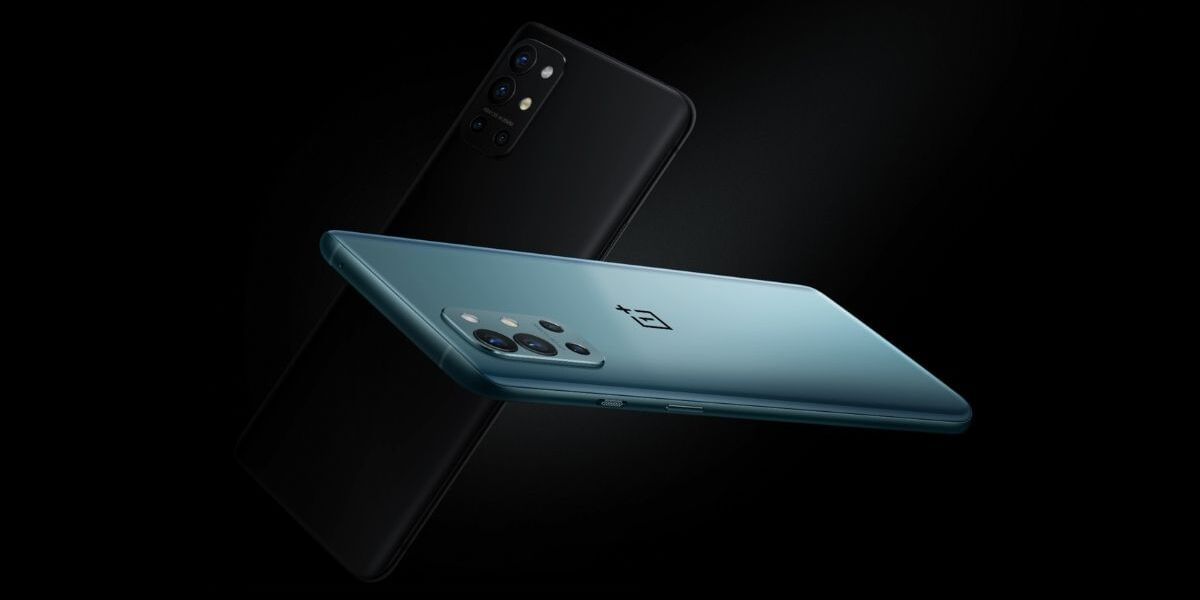
Samsung Galaxy M54 vs Samsung Galaxy F54
For years, Samsung has remained a dominant force in the smartphone market, continuously launching top-of-the-line smartphones with cutting-edge technology and latest features. The Samsung Galaxy M54 and Samsung Galaxy F54 are two of their smartphones in the market, both with a number of impressive features and specifications.
Surprisingly, despite their different names, the Samsung Galaxy M54 and Samsung Galaxy F54 have similar features with the exception of the pricing. This begs the question of whether the price difference is justifiable and whether one phone is a better deal than the other.
In this article, we will examine the similarities and differences between the Samsung Galaxy M54 and Samsung Galaxy F54, so that you will have a better understanding of these smartphones and be able to make an informed decision on which one is the best match for your needs and budget.
The price of the Samsung Galaxy M54 in India is Rs. 37,999.
The price of the Samsung Galaxy F54 in India is Rs.24,999.
Samsung Galaxy M54 vs Samsung Galaxy vs M52: Comparison Overview
| Features | Samsung Galaxy M54 | Samsung Galaxy F54 |
| Display | 6.7-inch Super AMOLED, 120Hz, FHD (1080 x 2400 pixels) | 6.7-inch Super AMOLED, 120Hz, FHD (1080 x 2400 pixels) |
| Processor | Samsung Exynos 1380 | Samsung Exynos 1380 |
| RAM | 8GB | 8GB |
| Storage | 128GB | 128GB |
| Rear Camera | 108MP primary, 8MP ultra-wide, 2MP macro | 108MP primary, 8MP ultra-wide, 2MP macro |
| Front Camera | 32MP | 32MP |
| Battery | 6000mAh, 25W fast charging | 6000mAh, 25W fast charging |
Samsung Galaxy M54 vs Samsung Galaxy F54: Display
| Features | Samsung Galaxy M54 | Samsung Galaxy F54 |
| Display | 6.7-inch Super AMOLED, 120Hz, FHD (1080 x 2400 pixels) | 6.7-inch Super AMOLED, 120Hz, FHD (1080 x 2400 pixels) |
The display specifications of the Samsung Galaxy 54 and Samsung Galaxy F54 are the same. They both have a 6.7-inch Super AMOLED screen with a resolution of 1080 x 2400 pixels and a screen-to-body ratio of 85.02%.
The displays are also Corning Gorilla Glass 5 covered and have a refresh rate of 120Hz. These features offer individuals an immersive viewing experience with clear and colourful pictures.
You can anticipate high-quality graphics and smooth scrolling on the display whether you choose the Galaxy 54 or the Galaxy F54.
Samsung Galaxy M54 vs Samsung Galaxy F54: Processor
| Features | Samsung Galaxy M54 | Samsung Galaxy F54 |
| Processor | Samsung Exynos 1380 | Samsung Exynos 1380 |
The Exynos 1380, an octa-core CPU built on 5nm technology, powers the Samsung Galaxy 54 and Samsung Galaxy F54. These phones also have a Mali-G68 MC4 GPU, which provides adequate gaming performance.
The Exynos 1380 is a powerful and efficient CPU capable of handling demanding tasks with ease. Both phones feature Samsung One UI and are powered by Android 13, providing users with a seamless and user-friendly interface.
When multitasking, gaming, or running heavy applications on the Samsung Galaxy 54 or Samsung Galaxy F54, you can expect a smooth and responsive experience.
Samsung Galaxy M54 vs Samsung Galaxy F54: Camera
| Features | Samsung Galaxy M54 | Samsung Galaxy F54 |
| Rear Camera | 108MP primary, 8MP ultra-wide, 2MP macro | 108MP primary, 8MP ultra-wide, 2MP macro |
| Front Camera | 32MP | 32MP |
The Samsung Galaxy M54 and Samsung Galaxy F54 both have triple-lens setups on the rear of their cameras. Both phones have a 108MP primary camera with OIS, an 8MP ultra-wide-angle lens, and a 2MP macro sensor.
These devices also include a 32MP front-facing camera capable of recording 4K videos at 30 frames per second. Both the front and rear cameras can record high-quality videos, and the OIS technology helps to capture crisper and more stable images.
You can expect great camera performance whether you choose the Galaxy M54 or the Galaxy F54 to capture beautiful pictures and movies.
Samsung Galaxy M54 vs Samsung Galaxy F54: Conclusion
The display specifications, CPU capabilities, and camera configurations of the Samsung Galaxy M54 and Samsung Galaxy F54 are exactly the same.
The primary difference between the two phones is that the Galaxy M54 is slightly more expensive. You can anticipate a high-end smartphone experience with superb performance and features whether you choose the Galaxy M54 or the Galaxy F54.
These smartphones are ideal for customers who appreciate a responsive interface, immersive display, and decent photographic capabilities.
Key Feature Comparison
Detailed Specs
Screen Size
Screen Type
Screen Resolution
Pixel Density
Aspect Ratio
Screen Protection
Screen to Body Ratio
Screen Design
Screen Refresh Rate
Screen Quality
Phone Variants
Expandable Storage
Expandable Storage Capacity
OTG Support
RAM Type
Storage Type
Sensors
Operating System
GPU
Chipset
CPU
Custom User Interface
Clock Speed
Architecture
Process Technology
Battery Capacity
Battery Removable
Battery Type
Charger Type
USB Type-C
Fast Charging
Announced On
Market Status
Brand
Price Status
Price
Model Number
GPS
NFC
Network Support
Bluetooth
3.5mm Audio Jack
SIM Size
Wi-Fi
Bluetooth Type
Audio Jack
SIM Slot(s)
eSIM
Wi-Fi Features
VoLTE
SIM 1 Bands
SIM 2 Bands
Front Video Recording
Front Camera Setup
Front Camera 1 Resolution
Front Camera 1 Type
Front Camera 1 Lens
Front Aperture
Front Flash
Weight
Colors
Build
Dimensions
SAR Value
OIS
Rear Flash
Rear Video Recording
Rear Camera Features
Rear Camera Setup
Rear Camera 1 Resolution
Rear Camera 1 Type
Rear Camera 2 Resolution
Rear Camera 2 Type
Rear Camera 2 Lens
Rear Camera 3 Resolution
Rear Camera 3 Type
Rear Aperture
Fingerprint Scanner
Fingerprint Scanner Position
Fingerprint Scanner Type
Latest Comparisons

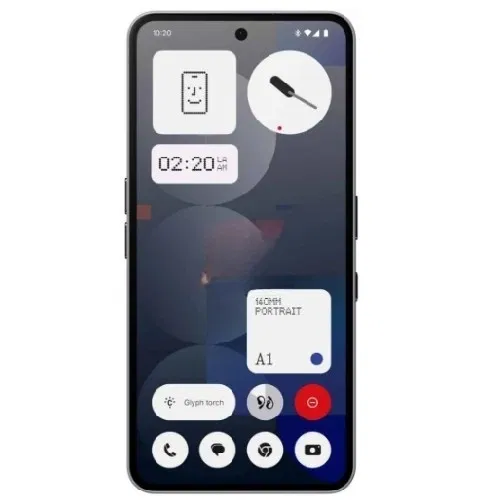
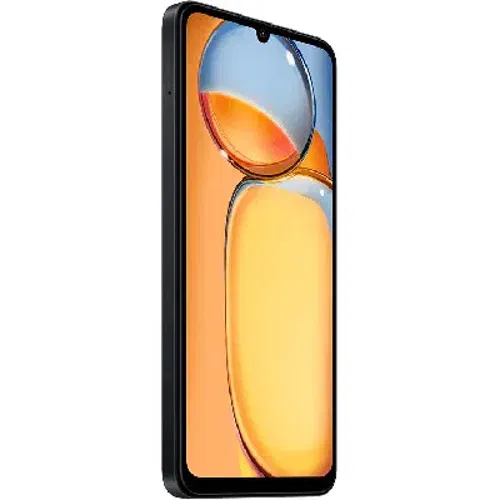

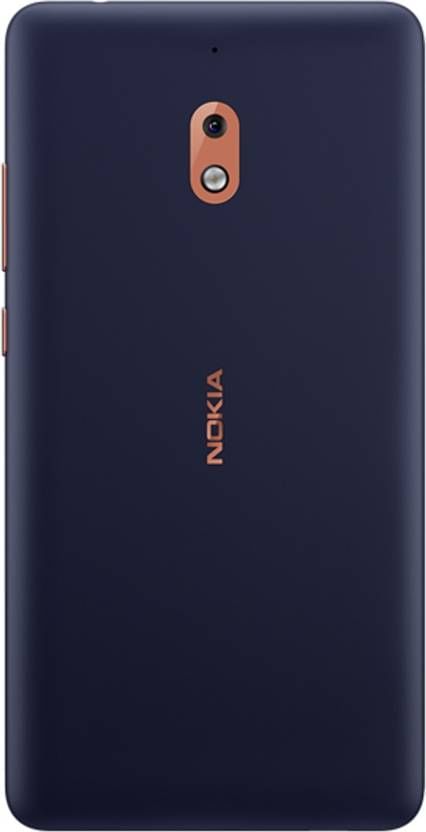
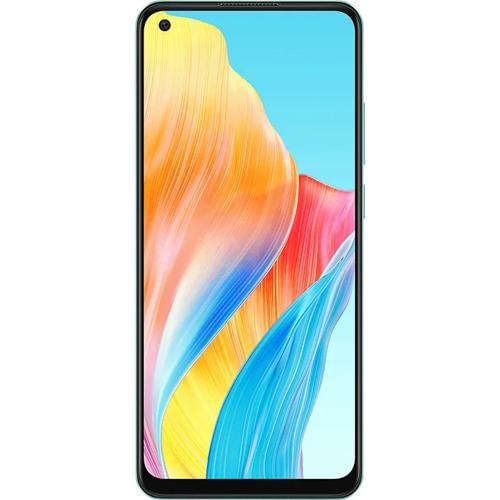
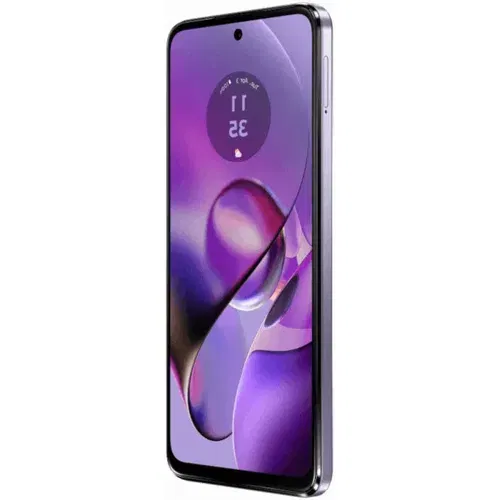

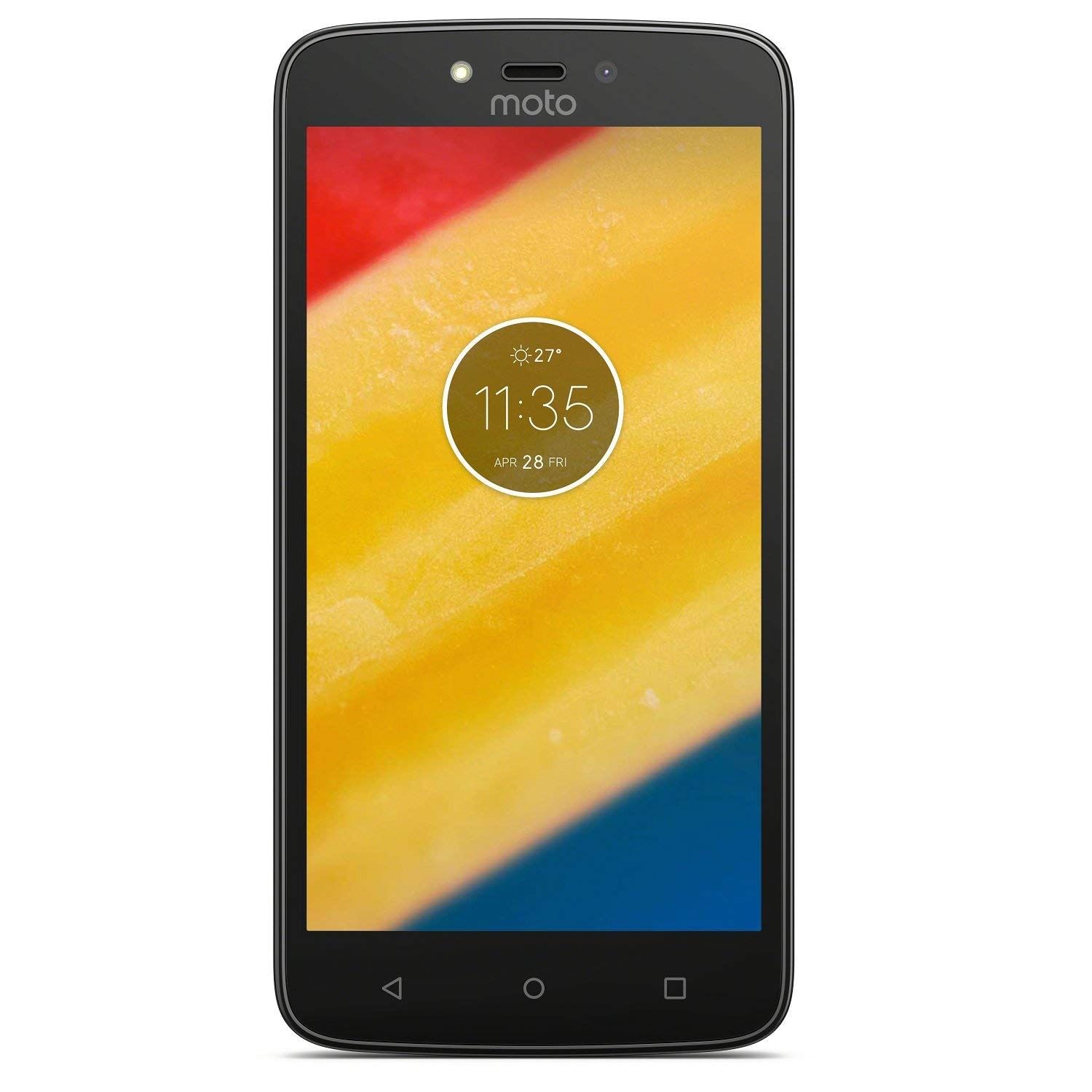
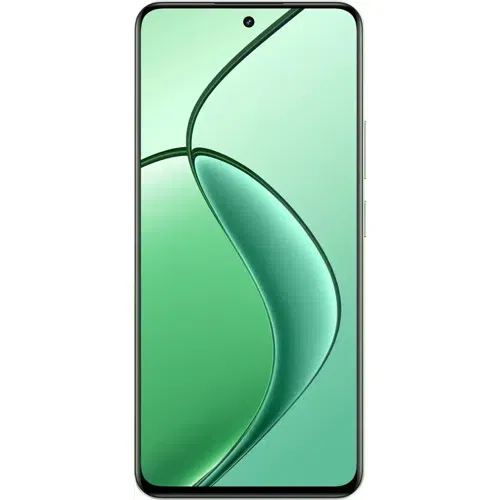
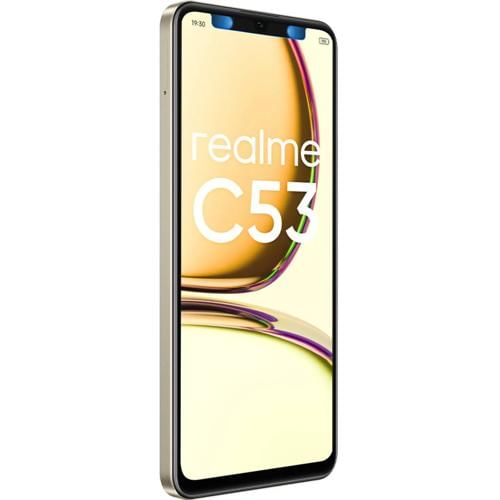
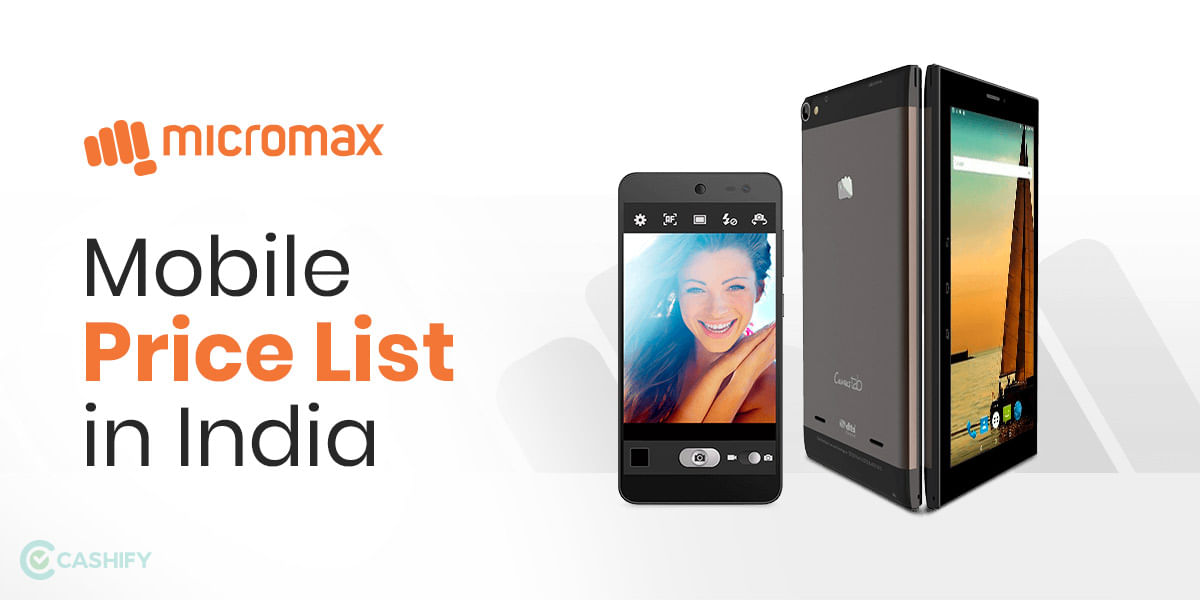
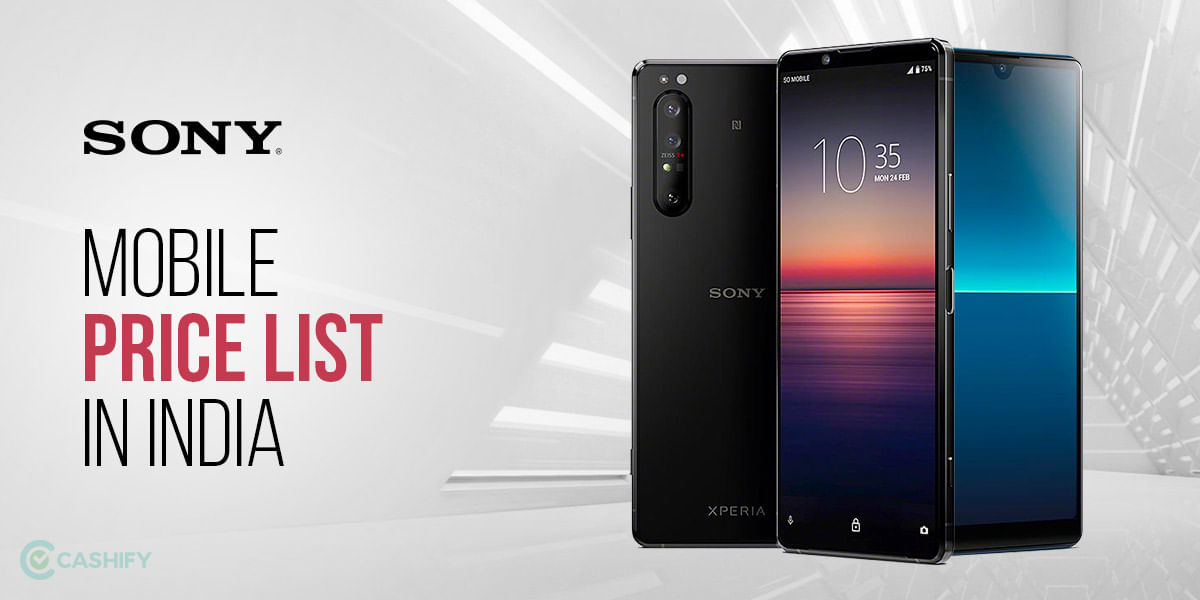
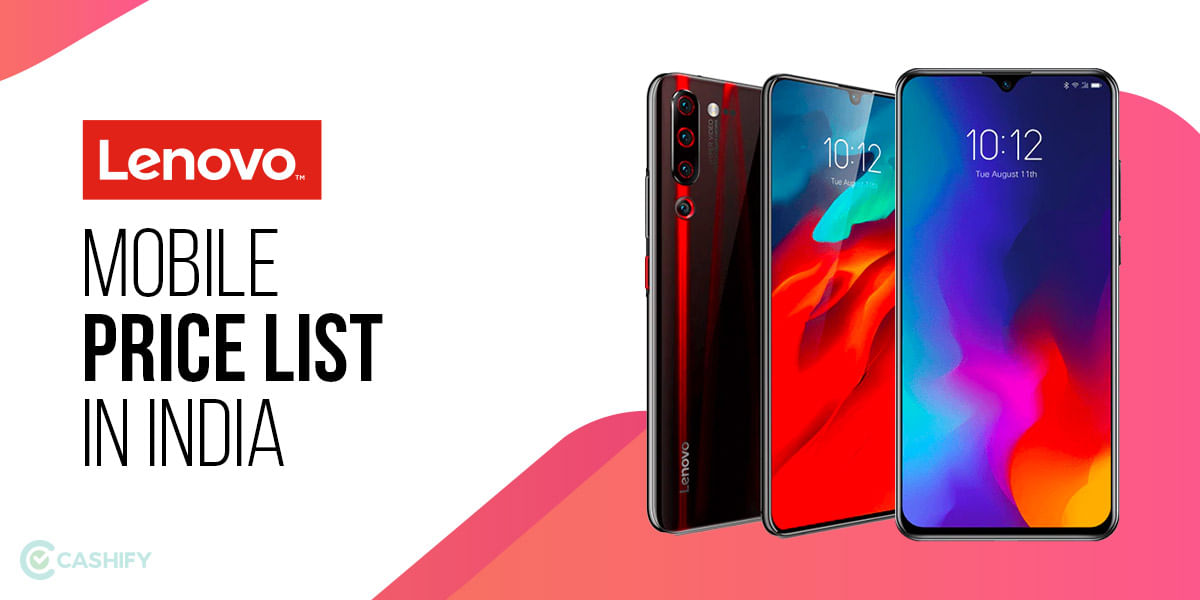
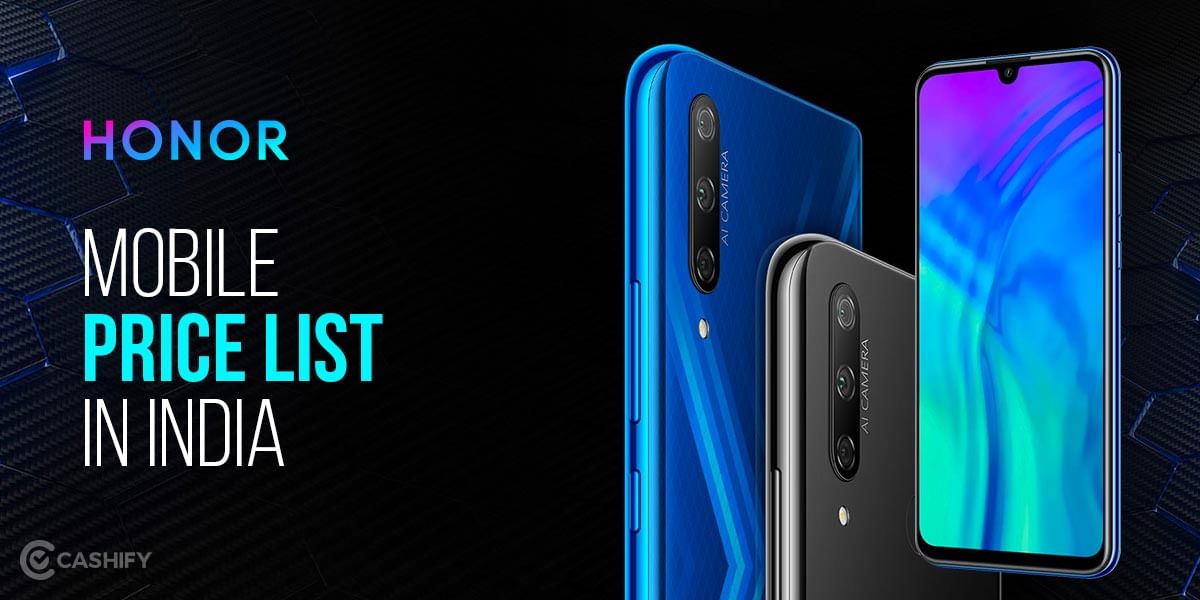

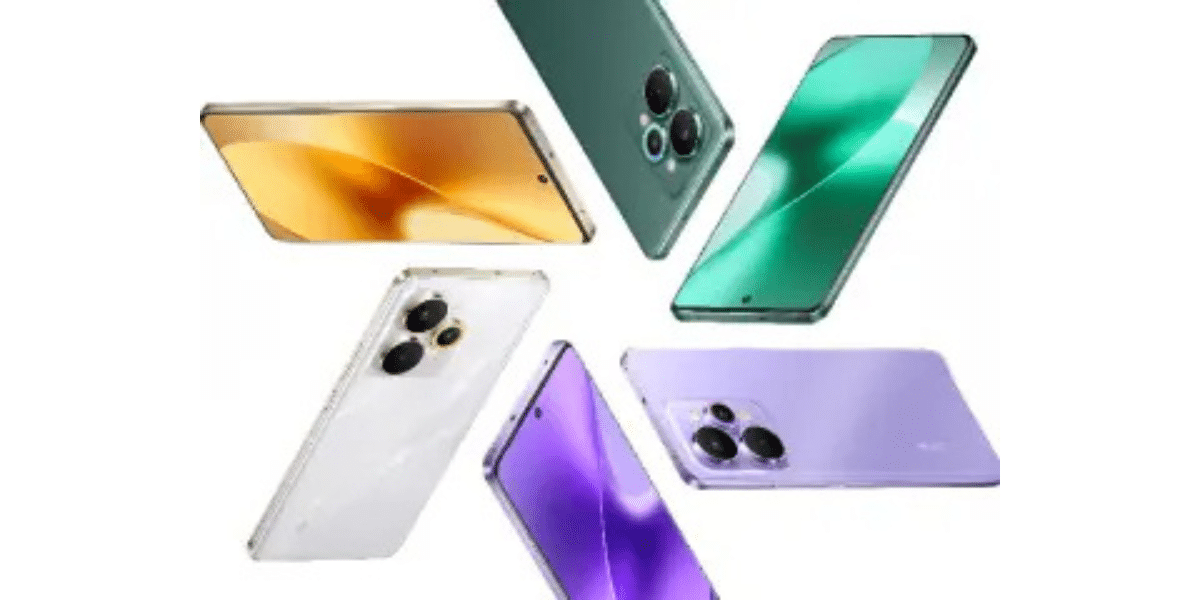
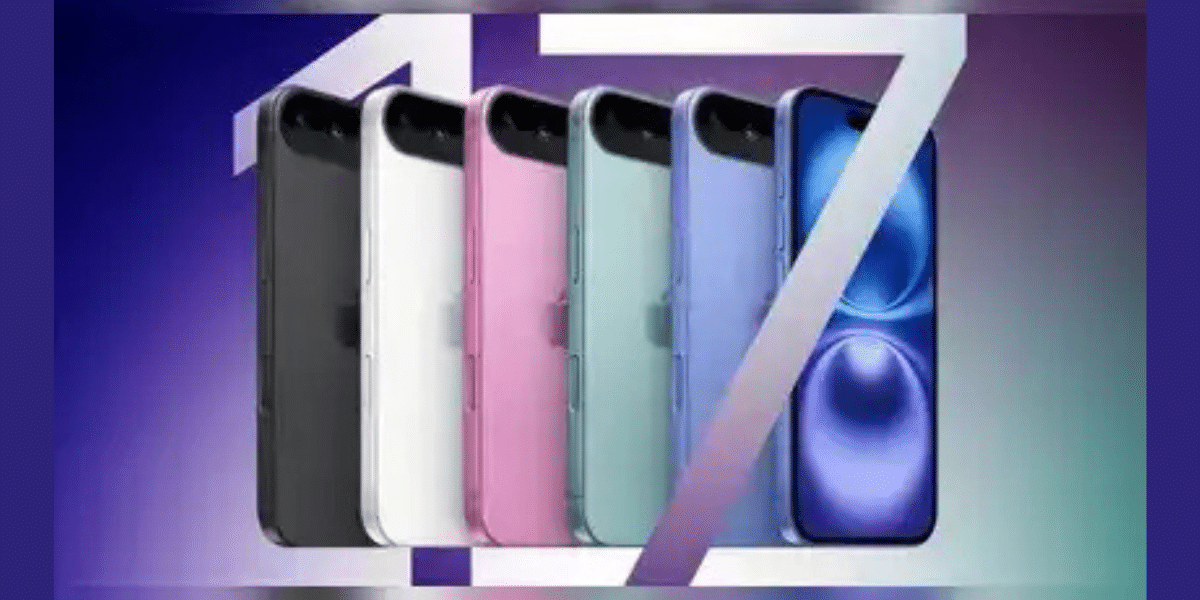
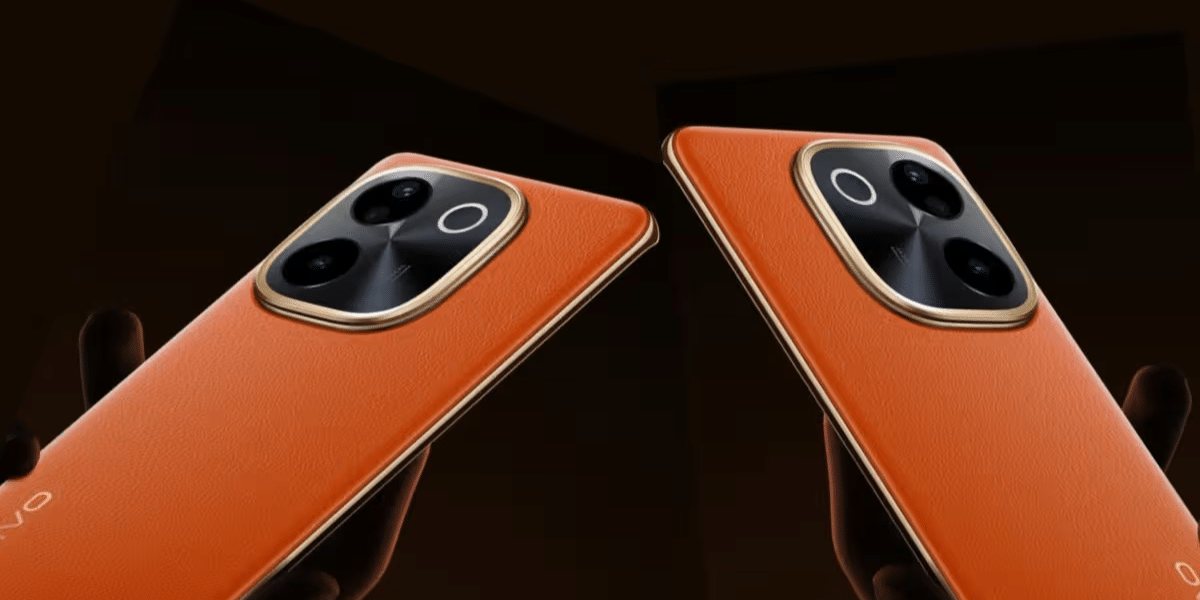
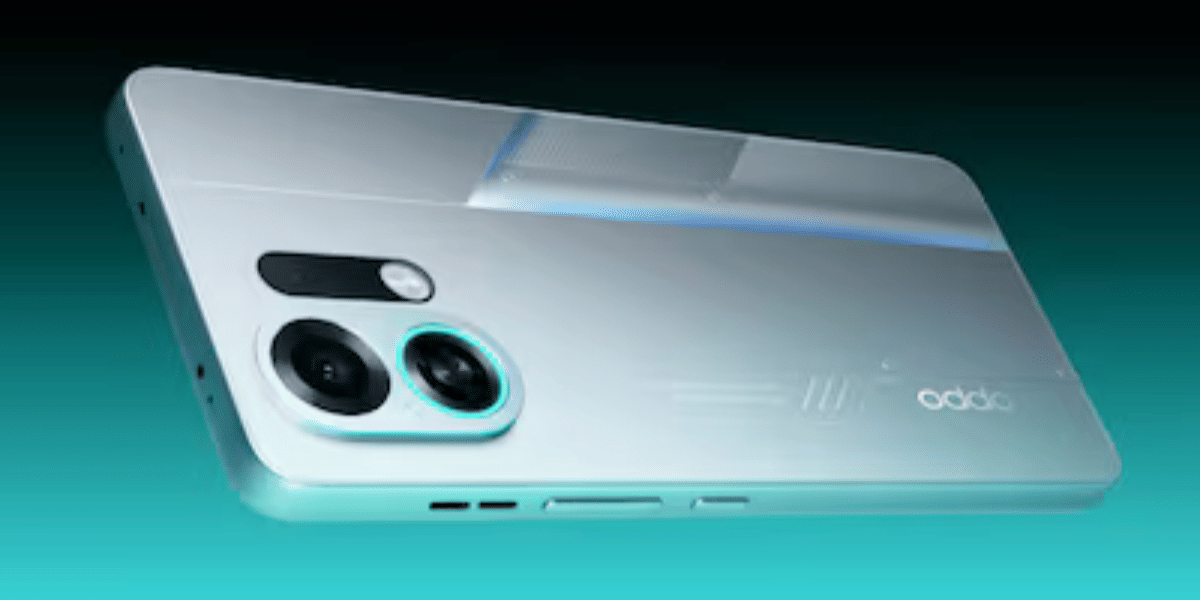
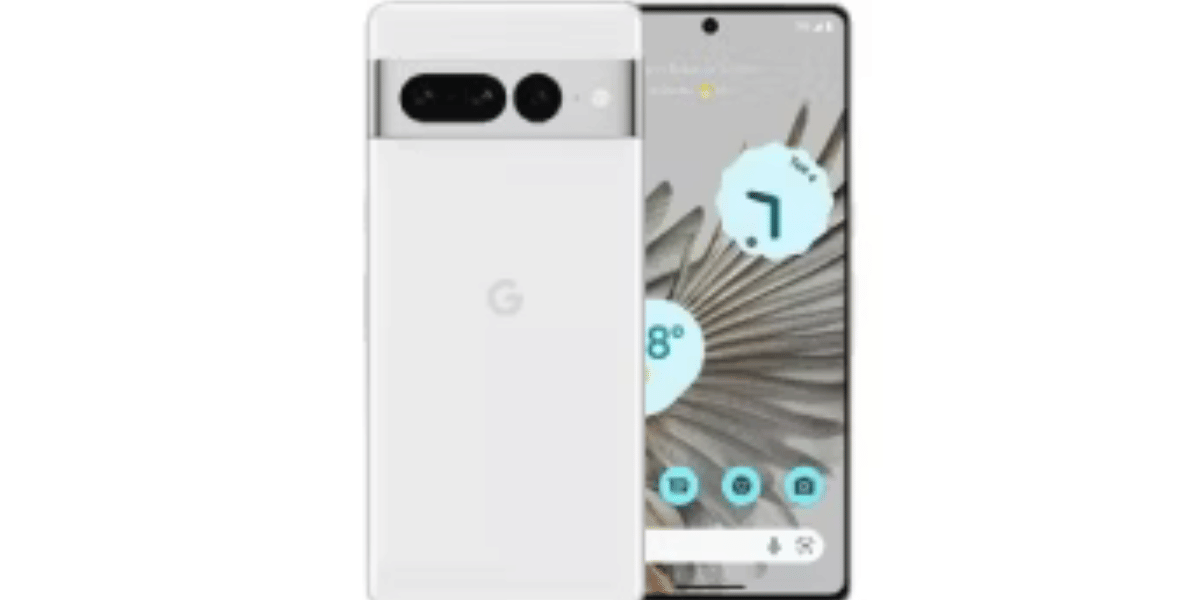
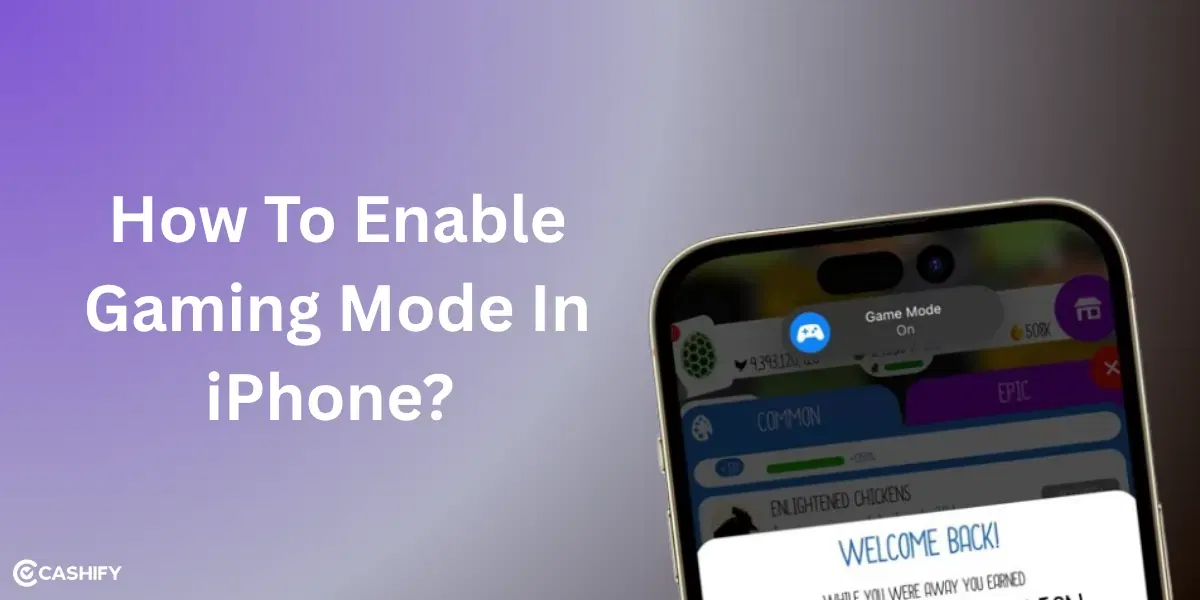
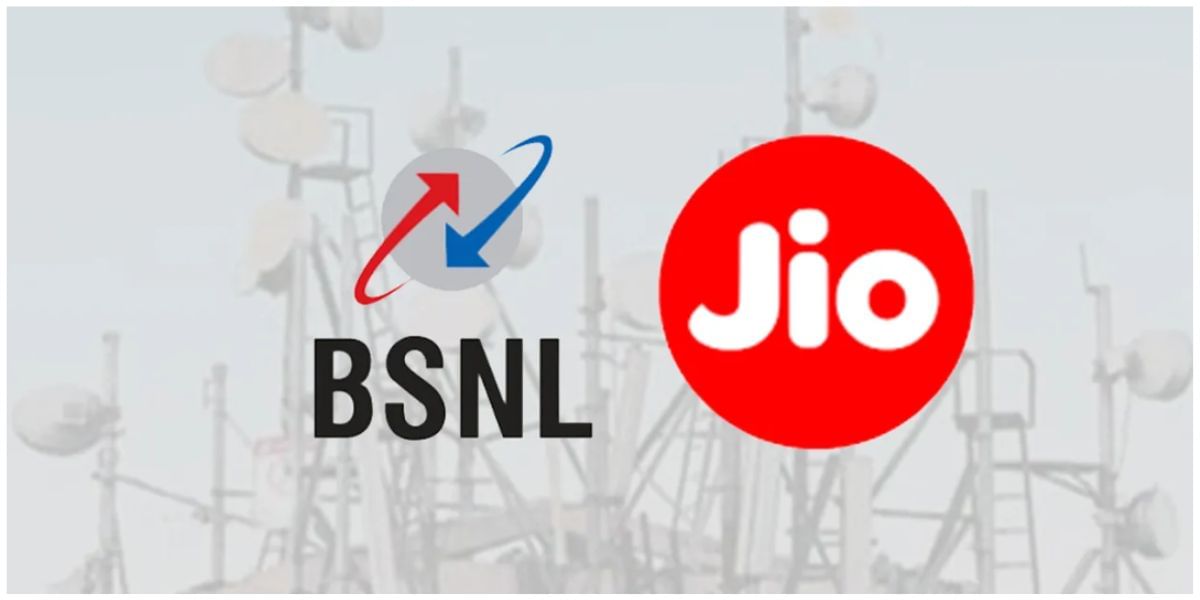
![How To Enable Developer Mode In iPhone: Step-By-Step Guide [2025]](https://s3bg.cashify.in/gpro/uploads/2025/08/07183458/How-To-Enable-Developer-Mode-In-iPhone.webp)


